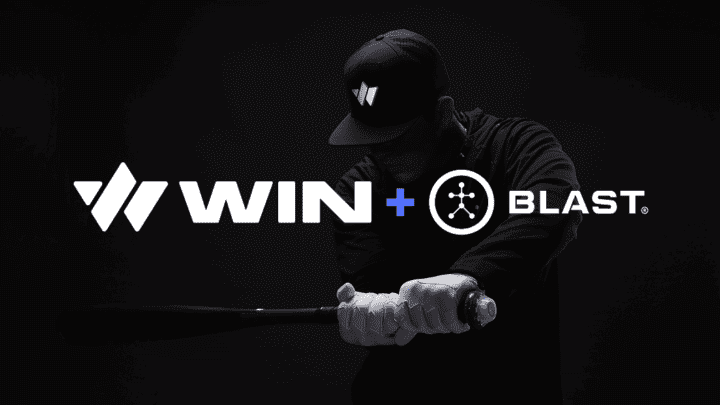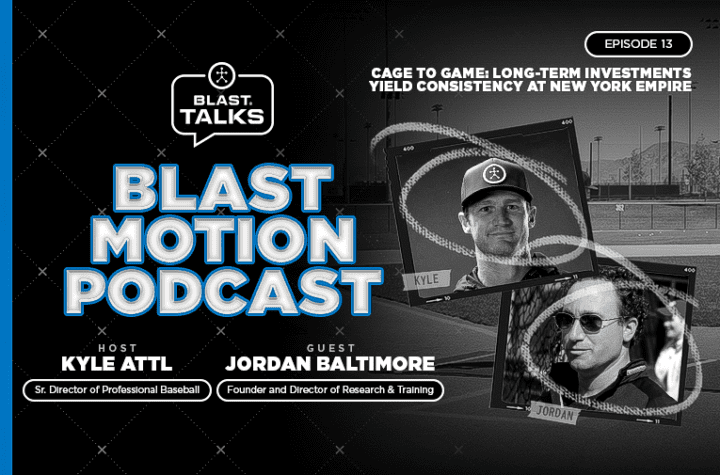Why simple fitness trackers may not be your best option for fitness improvement.
Share This Infographic On Your Site
Fitness Trackers & Wearable Tech Are On the Rise:
Fitness trackers are all the rage — especially amongst 16 to 24 year-olds — and the wearable technology trend is only increasing.
- 41% of active Americans own, and use, one or more wearable devices.
- By 2016, worldwide spending on wearable tech will climb to $1.4 billion.
- 69% of U.S. adults track their exercise, diet, weight, blood pressure, or sleep patterns using a variety of different methods.
- 75% of NYC Triathlon survey respondents said they planned on using wearable tech to track their speed and distance during the race.
Do fitness trackers work?
You may have surpassed the benefits of your simple fitness tracker. Could it be time to look into a more accurate, higher-capability device?
- Fitness trackers can make it easier for you to track your overall fitness progress.
- They’re not designed to push you to workout — they only make it easier to monitor your accomplishments.
- Fitness trackers can also be linked to social networking accounts. This allows you to share your fitness accomplishments online, which can have a positive impact on your perception of fitness and health.
- Fitness trackers are becoming more accurate. One study focused on the accuracy of the top five fitness trackers. The study noted that all five were able to track within 10% accuracy the total number of steps that were taken during the study. The study noted though, that the devices weren’t as accurate when tracking agility movements, and they were not as accurate when tracking total calorie burn.
- What does that mean? Fitness trackers are great for tracking specific movement-related or time-related goals — like steps taken or total time spent exercising. They also work more efficiently for certain activities, like running or walking, as opposed to agility-based exercises, like using the elliptical machine or participating in sports.
Want more than a simple fitness tracker? Here’s what you need, and how to use it.
If you are serious about fitness improvement, as opposed to simple progress logging, then you should learn about motion sensor technology – used for performance enhancement and sport-specific goals. Motion capture technology (like the Blast Motion products) gives you a wide range of metrics.
- Set a goal: If you’re looking to increase your hang-time, speed, height, jump acceleration and more, then a simple fitness tracker won’t cut it. These types of goals call for motion sensor wearable technology that records your movements and gives you incredibly accurate, complex results.
- Attach it: If you are playing basketball or doing gymnastics, place the sensor on your clothing; if you are playing golf or baseball, attach the sensor to your club or bat. This strategic placement allows the precision motion sensor to get the most accurate reading.
- Sync it up! Pair your sensor with iPhone and grab a friend to record you in action. The app creates a slow-mo video with overlaid metrics. You control the speed at which the video is replayed to gain deeper performance insight.
- Share your metrics: Also, share your video clips via social media directly from the app. Friends, family, and fans can join in in watching your progress and accomplishments.














